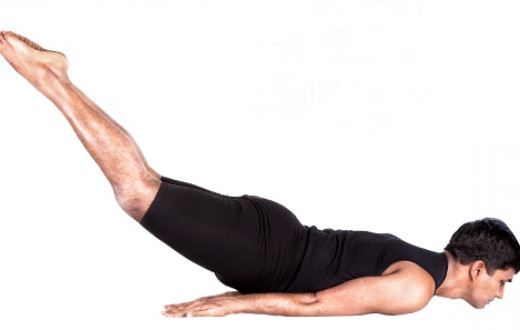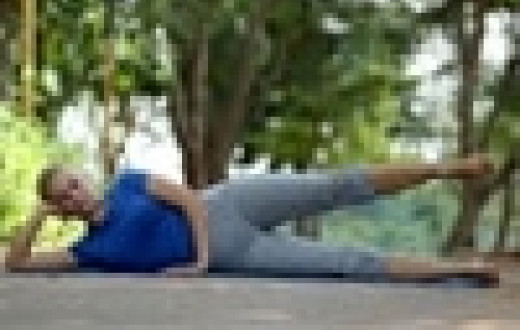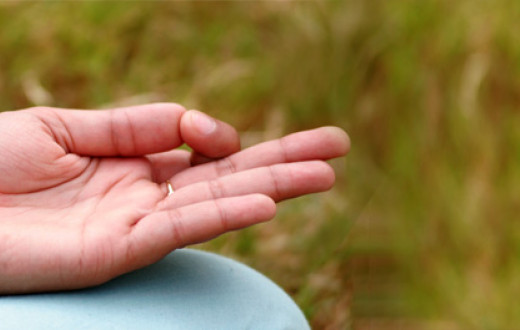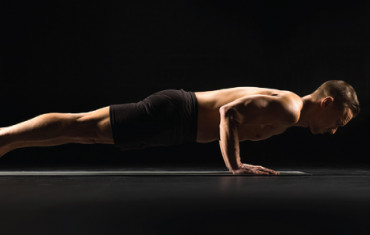
What is Restorative Yoga?
Unlike the other forms of yoga such as Vinyasa yoga or Bikram yoga, that are considered athletic, restorative yoga is all about gentle movement and practicing stillness. It focuses on body relaxation and rejuvenation through long-held postures and stretches.
Benefits of Practicing Restorative Yoga
Besides providing relaxation to the body, mind and spirit, restorative yoga also:
- benefits those who have trouble sleeping
- helps in reducing menstrual cramps
- provides deep rest after a tiring day
- improves digestion system
- lowers muscle tension
- makes you more flexible
- prevents diseases and helps reduce obesity
- lowers back pain
- gently stretches different parts of the body and improves body posture
6 Popular Restorative Yoga Postures
Restorative yoga postures are supported by certain props that support your body and provides comfort. Before practicing restorative yoga, equip yourself with these props - a yoga mat, eye pillows, bolsters and blankets.
Here are some basic restorative yoga asanas:
1. Seated Cat/Cow (Upavistha Bitilasana Marjaryasana)

Props required: Yoga mat
Benefits: Lowers back pain, reduces menstrual cramps, makes shoulder, spine and neck more flexible.
Step 1: Sit cross-legged on the mat with your back straight and place your hands on the knees
Step 2: Take a long, deep breath, extend your spine and look up. Gently press your palms on the knees to feel the stretch
Step 3: Slowly exhale, look down and arch your back.
Step 4: Repeat 5-8 times
2. Child’s Pose (Balasana)
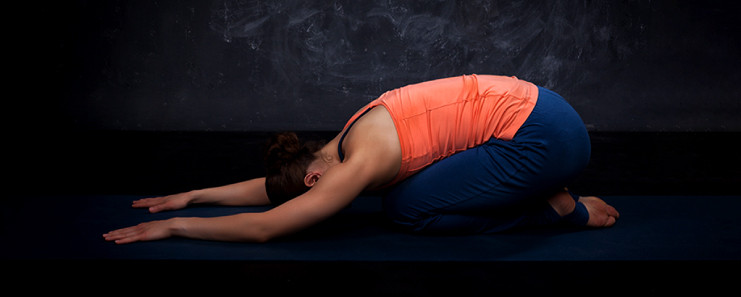
Props required: Yoga mat, pillows/bolsters
Benefits: Relieves back pain, gently stretches the knees, thighs, ankles and hips.
Step 1: Spread the knees and bring the toes together.
Step 2: Rest your chest on the pillow, spread your arms by your side.
Step 3: Stay in this pose for at least a minute and breathe gently
Tip: You can rest your arm towards your hip or by your sides – whichever is more comfortable to you.
3. Legs Up the Wall (Viparita Karani)

Benefits: Improves digestion, relieves anxiety and stress, regulates blood flow, relieves you of migraines and headaches.
Step 1: Position your body in a way that the backs of your legs and your butt are touching the wall straight up
Step 2: Rest your hands by the side or on your belly.
Step 3: Keep breathing gently and stay in this position for 4-5 minutes
4. Upavistha + Wall Pose
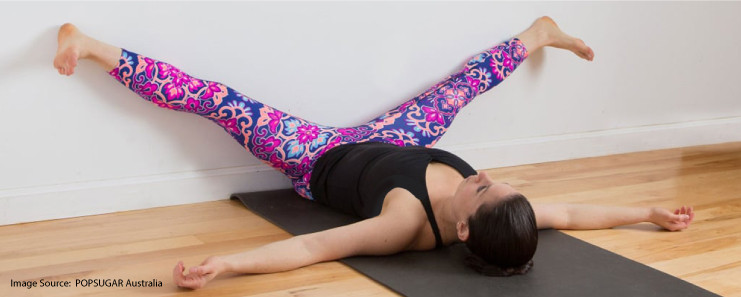
Benefits: Improves blood circulation in the pelvic region, reduces menstrual cramps, gently stretches and strengthens the leg muscles, increases flexibility, lowers back pain.
Step 1: Continuing the previous posture, spread the legs wide while keeping the upper body intact.
Step 2: Spread your arms sideways
Step 3: Breathe gently and stay in this position for 1-5 minutes
5. Reclining Bound Angle Pose (Supta Baddha Konasana)

Props required: pillow or blanket
Benefits: Relieves stress and anxiety, cures mild depression, regulates blood flow, relaxes ad calms the body and the mind, improves posture.
Step 1: Sit with your back straight and gently place your back down on the pillow or the blanket.
Step 2: Spread your knees and bring your toes together. Use pillows or yoga blocks to support your legs.
Step 3: Place your arms on your belly or by your side with the palm facing down.
Step 4: Take long, deep breaths and stay in this position for 4-5 minutes.
6. Supported Forward Fold (Paschimottanasana)
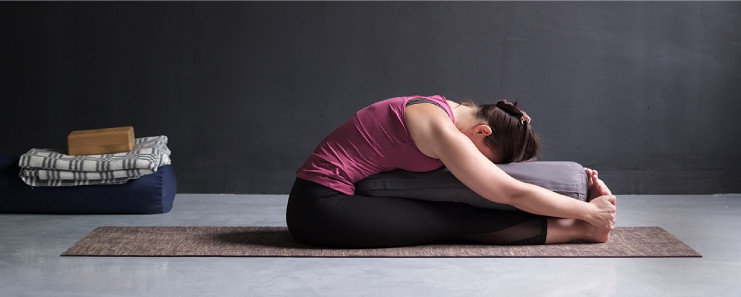
Props required: Blanket and bolster
Benefits: Soothes the nervous system, heals the back, tones the body and releases muscle tension, regulates circulation in the pelvic region.
Step 1: Sit straight and stretch your legs forward.
Step 2: Place the blanket under your knees and the bolster on the knees connecting the belly and the toes.
Step 3: Gently rest your upper body on the bolster.
Step 4: Place your arms by your side.
Step 5: Breathe gently and stay in this position for 4-5 minutes
These are a few restorative yoga asanas that will take up 25-30 minutes of your day and fill you with energy and a calm state of mind.
It is highly advised to practice yoga on an empty stomach or with a gap of 2-3 hours after meal. Keep yourself hydrated and avoid continuing with the poses once they become uncomfortable. You can always let loose and start again but don’t push yourself beyond the comfort zone. Avoid practicing yoga on very hard or uneven ground.
Personally, I have experienced immense change in my body posture and the state of mind ever since I joined the course organised by Sri Sri Yoga. So, if the next course in your city, join us in.


